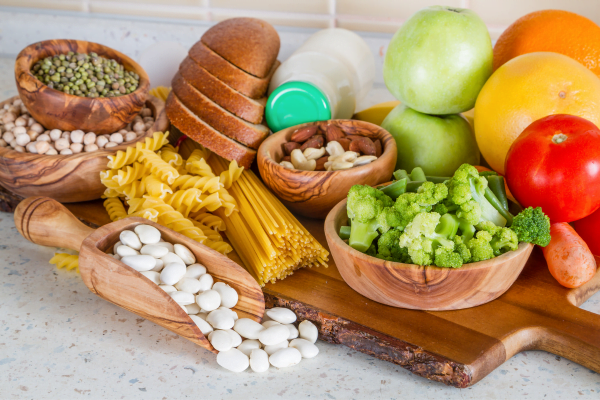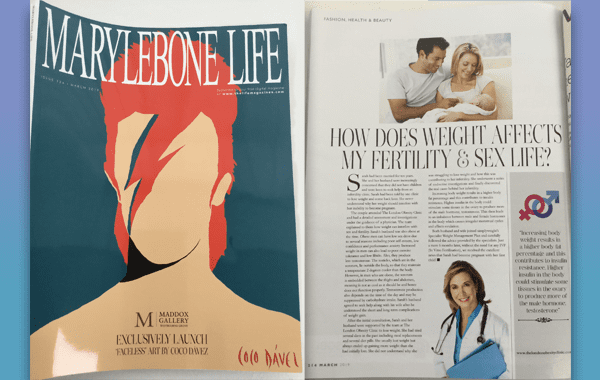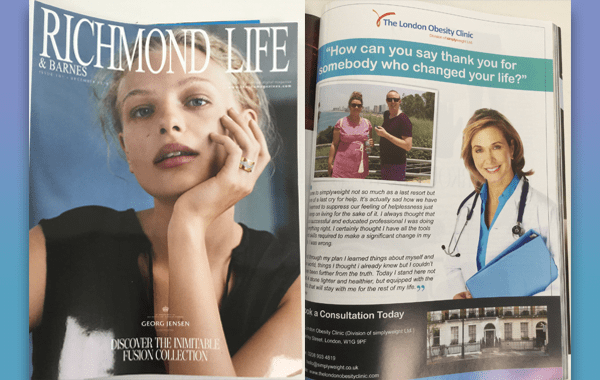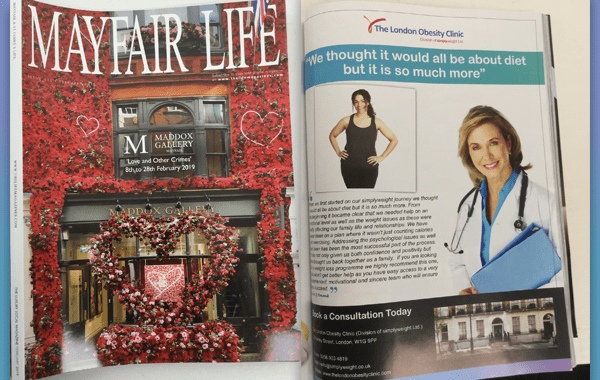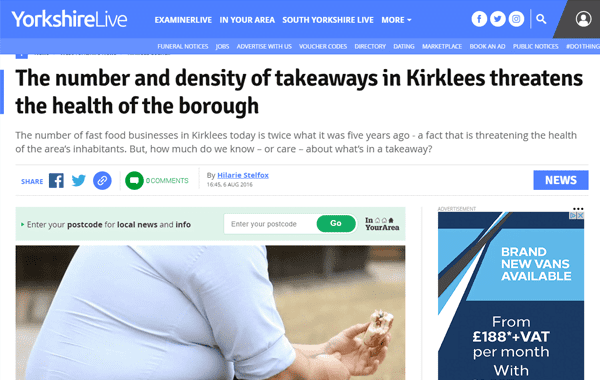Welcome to the rainbow on a plate! ️
Consider a plate with different colours that looks like a garden. That is the beauty of a nutrient-diverse diet which can be achieved easily.
Like rainbow colours, each colour represents a set of vitamins, minerals, and antioxidants. By including a variety of colours on your plate, you are making sure the body gets enough nutrients.
Rainbow plate
Eating a variety of fruits and vegetables is made easier with a rainbow plate. Every colour of the food items signifies a different category of fruits and vegetables, each possessing a distinct set of nutrients. You are more likely to receive a balanced serving of vitamins, minerals, and other essential nutrients that the body needs to be healthy and strong when you fill the plate with a variety of colours.
Red colour
Fruits
- Strawberries – Rich in vitamin C and antioxidants, these are perfect for snacking or as a topping on yoghurt.
- Raspberries – Rich in fibre and manganese, these berries add a delightful sourness to smoothies and fruit salads.
- Watermelon – This fruit is high in vitamins A and C and very hydrating.
Vegetables️
- Tomatoes – Tomatoes rich in lycopene, an antioxidant that promotes heart health.
- Red bell peppers – It is a source of vitamin C and beta-carotene, these peppers add sweetness and crunch to salads.
- Beets – These root vegetables are a good source of folate and manganese, and their beautiful colour makes any dish pop.
Bonus tip – Do not forget red lentils or kidney beans. These plant-based protein sources add fibre and iron to the meals.
Yellow and orange colour
These colours are packed with nutrients which are essential for good health, growth, and development.
Fruits
- Mangoes are a great source of beta-carotene, which the body uses to make vitamin A, beneficial for immunity and vision.
- Vitamin C, an antioxidant that aids in the body’s defence against infection and is abundant in pineapples.
- Potassium, which is necessary for healthy blood pressure and muscle function and is abundant in bananas.
- Lemon is rich in vitamin C.
- Lemon is rich in vitamin C.
Vegetables
- Carrots are high in fibre and beta-carotene.
- Pumpkins are rich in potassium and vitamin A.
- Sweet potatoes, which are high in beta-carotene and vitamin C, are a tasty and healthy alternative for white potatoes.
- Whole grains like corn give sweetness and are high in dietary fibre.
- Bell peppers are rich in antioxidants and vitamin C, and they can be yellow, green, red or orange in colour.
Bonus tip: For a smoky flavour and to enhance the sweetness of veggies, try roasting or grilling.
Green colour
It is packed in veggies and fruits which are not only delicious but also rich in nutrients.
- Leafy greens – Vitamins C, K, and folate which are found in spinach, kale, arugula, and lettuce. These nutrients are necessary for healthy bones, a healthy immune system, and for energy.
- Green peas and beans – They are packed with protein, fibre, and iron, which helps in making them perfect in addition to any meal.
- Avocado – This is full of healthy fats, fibre, and potassium, making it a satisfying and nutritious choice.
- Broccoli – This cruciferous veggie is a great source of vitamins C and K, which has sulphoraphane, a compound with potential cancer-fighting properties.
- Green apples and grapes – This is the way to add greens to the plate. They are a rich source of fibre and vitamin C.
- Green apples and grapes – This is the way to add greens to the plate. They are a rich source of fibre and vitamin C.
Blue and purple colour
- Blueberry – Which is rich in antioxidants called anthocyanins, helps to protect the brain cells and keep the memory sharp and they are a great source of fibre and vitamin C.
- Eggplant – It is low in calories and carbs, but high in fibre and vitamins like B6 and potassium. Try grilling, roasting, or even blending it into dips for a delicious and nutritious treat.
- Purple grapes – Grapes come in all colours, and the purple ones are packed with resveratrol, an antioxidant that has been linked to heart health.
Benefits for Kids
Here are some of the benefits of the rainbow plate for kids:
1. Increased nutrients – A wide range of these vital nutrients can be obtained by eating fruits and vegetables, as different colours offer different vitamins, minerals, and antioxidants. This promotes strong and healthy growth of children.
2. Picky eater – The rainbow plate adds excitement and enjoyment to healthy eating for children. When presented with a platter full of colourful options, they are more willing to try new items.
3. Taste buds – Every colour in the rainbow has a distinct flavour. Children can experiment with a variety of crunchy, juicy, sour, and sweet flavours by sampling various fruits and vegetables.
4. Healthy habits – Children who are used to eating a diverse diet from an early age are more likely to make good decisions in the future. They may be able to prevent health issues in the future as a result.
Benefits
In addition to providing the body with a wealth of nutrients in a range of colours, eating from a rainbow plate also makes your meal appear artistic.
1. Nutrients – Each colour group in the kingdom of plants contains a unique combination of vitamins, minerals, and antioxidants. Think of red foods like tomatoes and strawberries as a supply of lycopene, which helps in preventing free radical damage and protects the heart.
2. Immune system – Sweet potatoes and carrots are rich in orange and yellow veggies, such as beta-carotene, which is your body’s secret weapon for boosting immunity and sustaining your well-being throughout the day!
3. Energy-boosting – Vitamin K is abundant in leafy greens like spinach and kale and helps maintain strong bones and high energy levels throughout the day.
4. Brain boosting: Anthocyanins, which are found in blueberries and eggplant, are like little superheroes for your brain they improve memory, concentration, and general cognitive performance.
5. Variety – You are encouraged to eat a variety of fruits and veggies when you try a rainbow platter. White items, such as rice, can be included in rainbow plates to provide texture and diversity while enhancing the colour of the dish.
Conclusion
This colourful rainbow dish is a beautiful celebration of diversity! A specific nutrient-dense food type that nourishes our bodies and minds is represented by each colour. You should, as they say, “eat the rainbow” to have a healthy, well-balanced diet that includes a variety of fruits, vegetables, whole grains, and lean proteins.
This rainbow platter is delicious and visually stunning! Food that is both colourful and nutritious may produce works of art on our plates. It is about trying new things together, making amazing memories around the table, and sharing the abundance of nature with the people you care about. So gather your loved ones and friends and get ready.
Nesha Felciya,
Clinical Dietitian, Simplyweightsu

